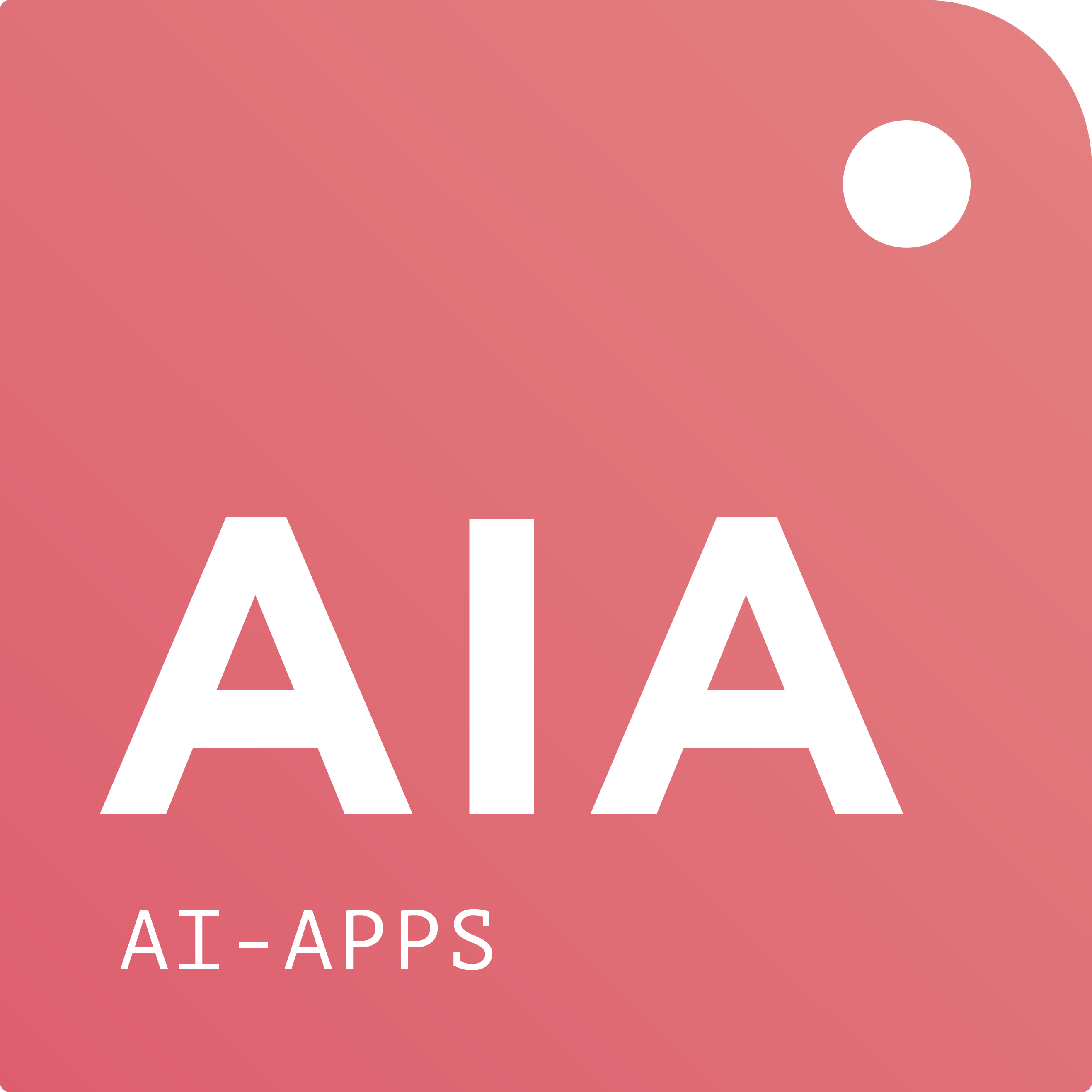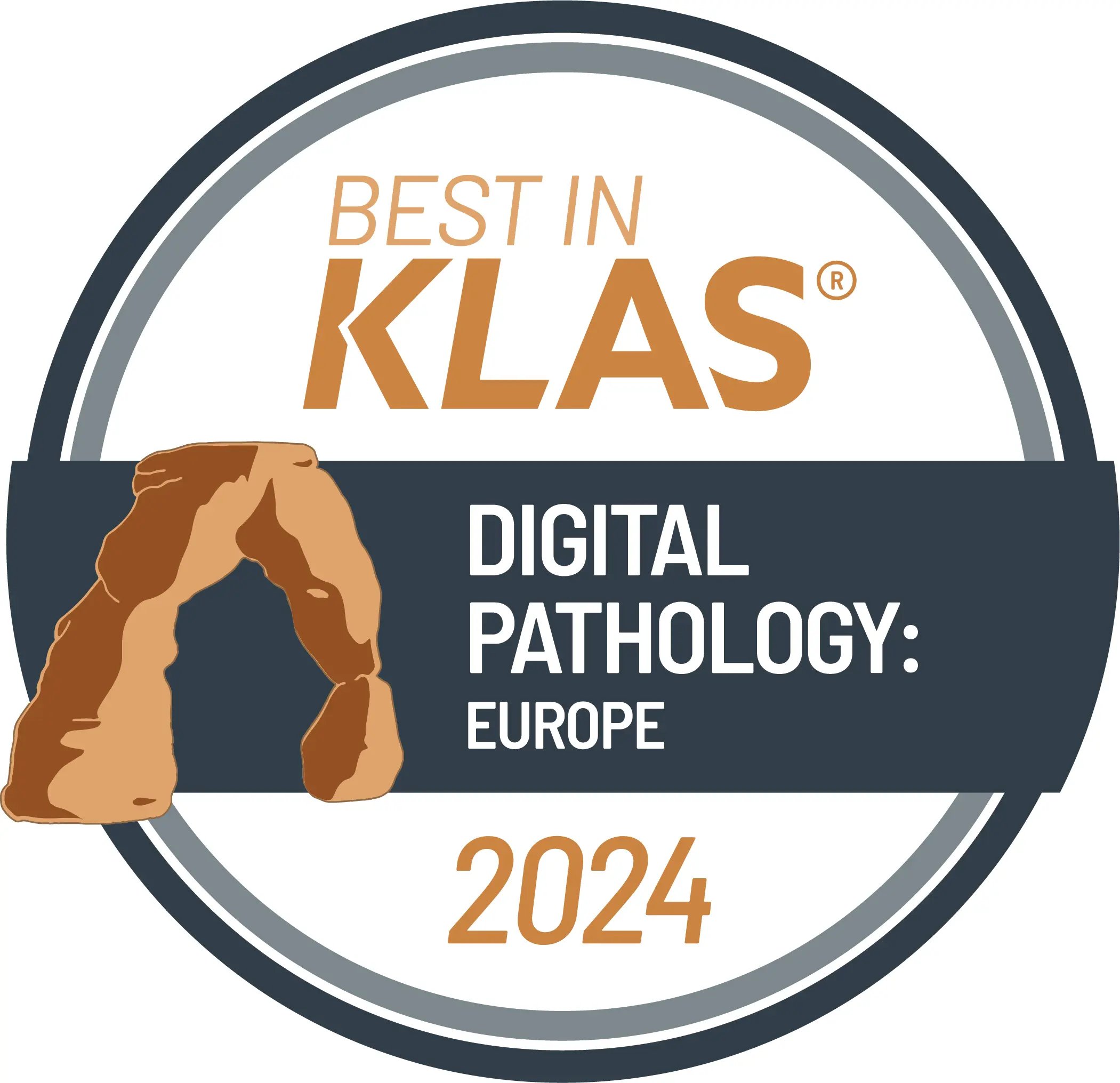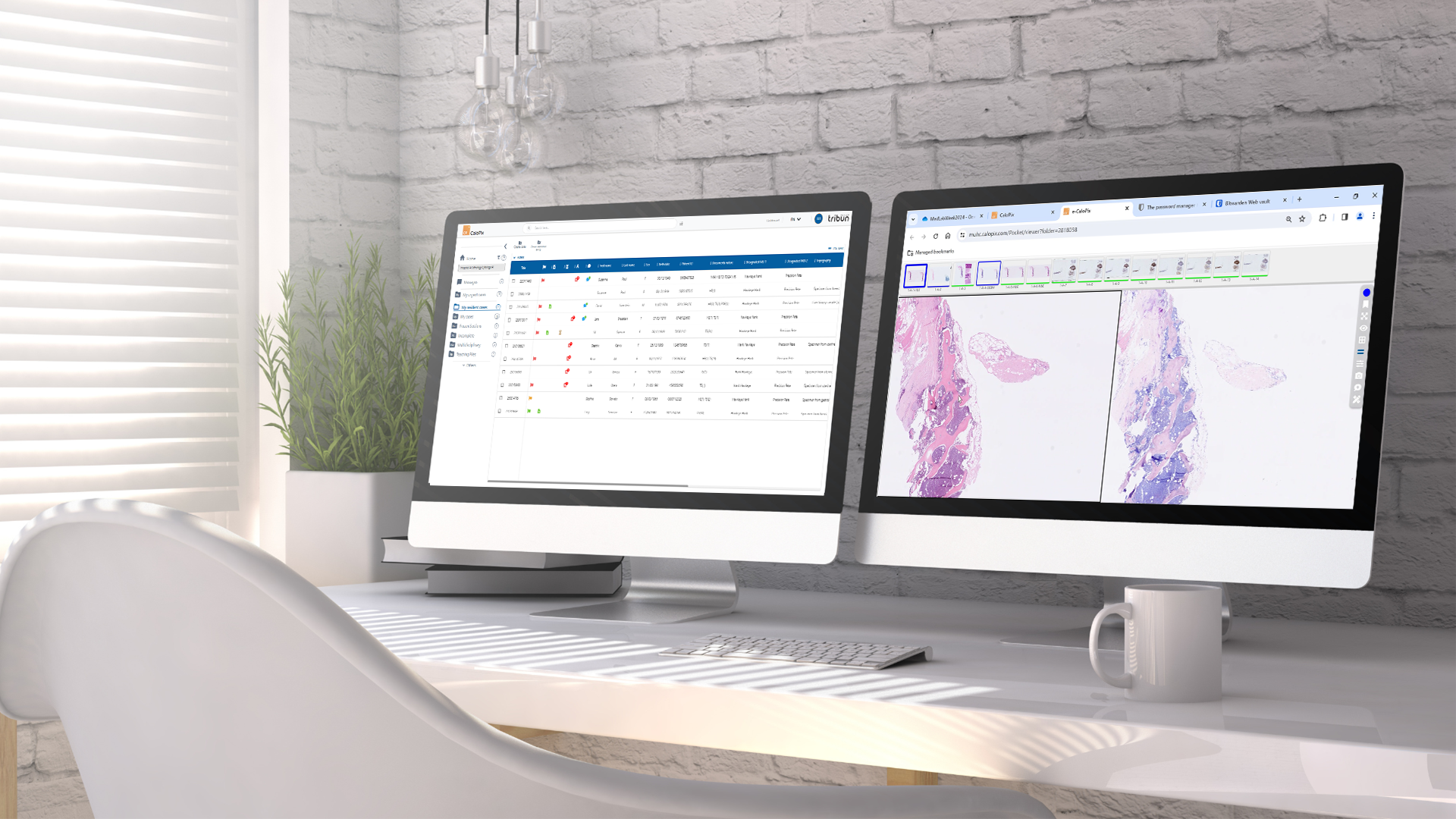Digital pathology represents a bold shift in how we think about medical diagnostics. It’s not just about replacing microscopes with computers; it’s a way to fundamentally enhance the precision, efficiency, and accessibility of pathology. By turning glass slides into digital images, it opens the door to innovation that traditional methods can’t match.
The contrast between departments leveraging technology and those rooted in manual processes is striking. Radiology, for instance, embraced digital transformation early on, and it was obvious how this improved workflows. Diagnostic pathology, in many cases, remained tethered to older methods—despite its central role in diagnosis. The potential for technology to amplify this field is undeniable.
Pathology Without Borders
Digital pathology allows a single scan to reach specialists worldwide in seconds. Think about what this means for regions with limited access to expert care. A pathologist in Cleveland can review a case from Nairobi in the time it takes to check an email. This isn’t just theoretical; it’s happening now, and it’s reshaping global patient care.
But it’s not only about distance. Sharing digital slides enables collaboration that drives better results. Multiple specialists can examine the same data simultaneously, cross-referencing findings and discussing in real-time. This isn’t a luxury—it’s critical for complex diagnoses. The sheer practicality of this setup is pushing more institutions to adopt digital systems, bridging gaps that once seemed insurmountable.
Precision, Powered by Pixels
One advantage of digital pathology is its ability to improve diagnostic accuracy. A computer doesn’t tire. It doesn’t overlook details after hours of work. By training algorithms to recognize patterns in images, we’re adding a second set of eyes—ones that are consistent and tireless.
Take tumor grading as an example. Small differences in cell structures can signal significant changes in disease progression. Machines can be trained to notice these differences with incredible accuracy. They don’t replace human judgment; they assist it, making pathologists more effective.
Some argue this could deskill professionals, but the reality is the opposite. Digital tools don’t subtract expertise; they augment it. A skilled pathologist with the right digital tools is like an artist with a better brush—capable of achieving things that weren’t possible before.
Beyond the Human Eye
The true leap isn’t just moving from glass to digital—it’s what happens when images become data. Computers can do more than look at an image; they can quantify it. They measure, classify, and analyze in ways humans can’t, unlocking new insights into disease.
Let’s take cancer as an example. Digital pathology can quantify the presence of biomarkers across thousands of slides. It’s not feasible for a human to analyze such volumes efficiently. With digital systems, researchers can quickly generate statistics that would take years otherwise. These aren’t just numbers—they’re actionable findings that influence treatment decisions.
Changing the Way Labs Operate
Digital pathology isn’t just a tool; it’s a rethinking of how pathology fits into healthcare systems. Labs, big and small, adopting digital workflows see reductions in errors and faster turnaround times. There’s no searching through shelves for slides or worrying about damaged samples. Everything is stored, tracked, and accessible.
This efficiency means patients get results faster, which can be life-saving in critical cases. Pathologists, on the other hand, spend less time on logistics and more time focusing on diagnoses. It’s not hard to see why institutions are investing heavily in transitioning to these systems.
AI: The Game-Changer
Artificial intelligence has become an inseparable part of the conversation. When people hear AI, they often think of robots or sci-fi scenarios. In pathology, AI is far more practical. It can identify patterns, predict outcomes, and prioritize cases that need urgent attention. It’s not an abstract promise; it’s making diagnoses more consistent and faster today.
AI-assisted pathology can flag rare abnormalities that might have been missed otherwise. The technology doesn't provide a final diagnosis; it draws attention to something worth investigating. That’s where its value lies—not as a replacement, but as a force multiplier.
Barriers and the Path Forward
Change, especially in medicine, doesn’t happen without challenges. Adopting digital pathology requires investment—not just in hardware and software but also in training and adapting workflows. There’s also the question of regulation. Technologies in healthcare are held to high standards, as they should be, but this can slow adoption.
Despite these hurdles, the momentum is clear. Every year, more institutions are making the switch, and those who do rarely look back. The long-term savings, improved accuracy, and better patient outcomes outweigh the initial obstacles.
Why It Matters
Diagnostic pathology has always been the cornerstone of medical diagnostics. Decisions about treatment hinge on the results it provides. For too long, this field has relied on analog methods in a digital world. It’s not a question of if digital pathology will become the standard but when.
The benefits are undeniable. Faster results mean earlier treatments. Collaboration across borders leads to better insights. Data-driven analysis improves accuracy and consistency. And AI integration streamlines workflows in ways we’ve only begun to explore.
Digital pathology isn’t just about upgrading tools—it’s about reshaping possibilities in diagnostics. It’s the natural next step for a field that’s long overdue for a technological leap. As the benefits outweigh the digital pathology advantages and disadvantages, the future of diagnostics is already here, and it’s digital.





.png?width=256&height=256&name=customer-service(1).png)



.png?width=64&height=64&name=calendrier(1).png)
.png?width=64&height=64&name=communique-de-presse(1).png)
.png?width=64&height=64&name=livre(1).png)
.png?width=64&height=64&name=blog(2).png)









